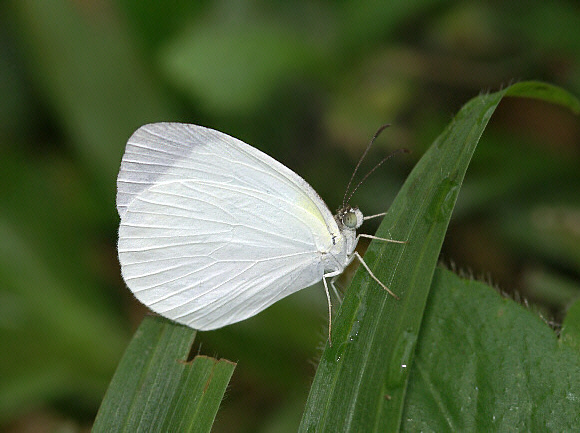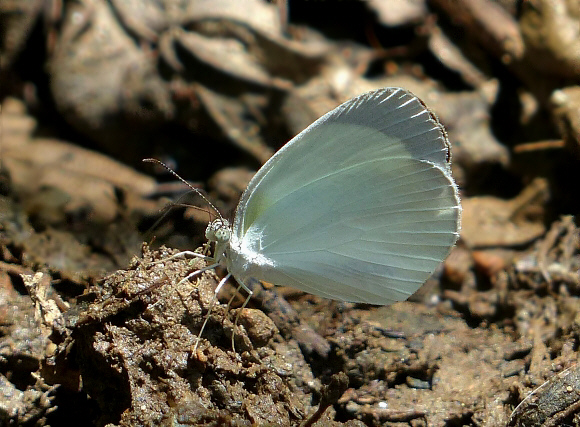
Introduction
The name ‘White Grass Yellow’ might sound like a contradiction in terms, but signifies that most other members of this genus are yellow, and live in grassy habitats.
Eurema are found in Africa, Asia and the Australian region as well as in the neotropics. There are 19 species in the neotropical region, 5 of which are whitish on the upperside, but only albula has a white underside – the others are cream or yellowish beneath. Both sexes of albula have pure white uppersides. The apex and the outer margins of the forewing are black in both sexes.
Eurema albula occurs from Mexico to Uruguay, and on most Caribbean islands.
Habitats
Like most other Eurema species this butterfly breeds in disturbed semi-open forest edge habitats, which may include roadsides, riverbanks, secondary forest and farmland. It occurs at altitudes between sea level and about 1800m.

Lifecycle
The eggs are laid singly on Cassia ( Caesalpinaceae ). The fully grown caterpillar has a granulated texture, and is pale green above and yellow below, with a white line along each side. The chrysalis is pale green with a dorsal keel and a pointed head.
Adult behaviour
The butterfly is usually encountered singly in disturbed forest edge habitats. Both sexes nectar at low growing flowers and at Lantana bushes.
